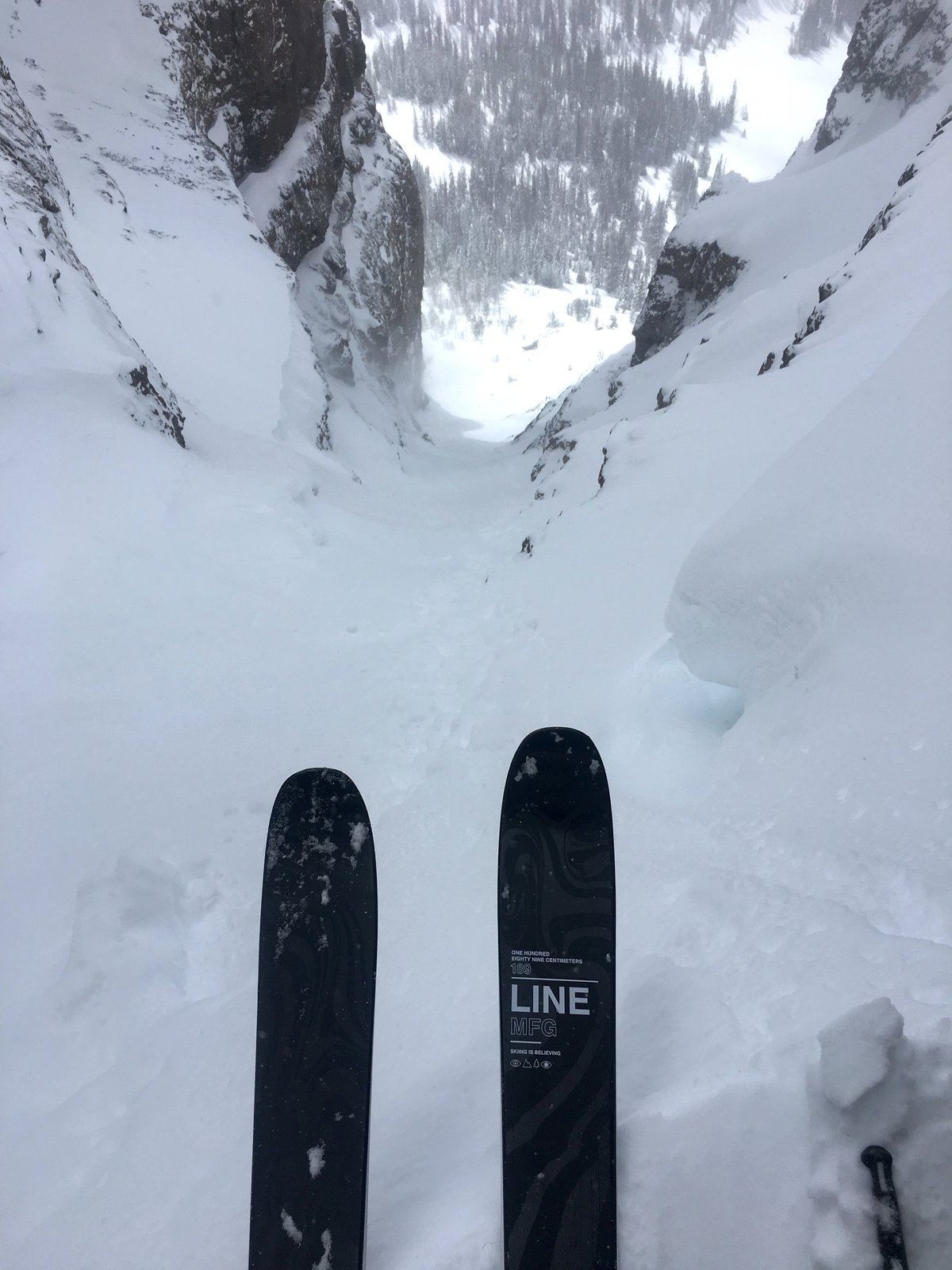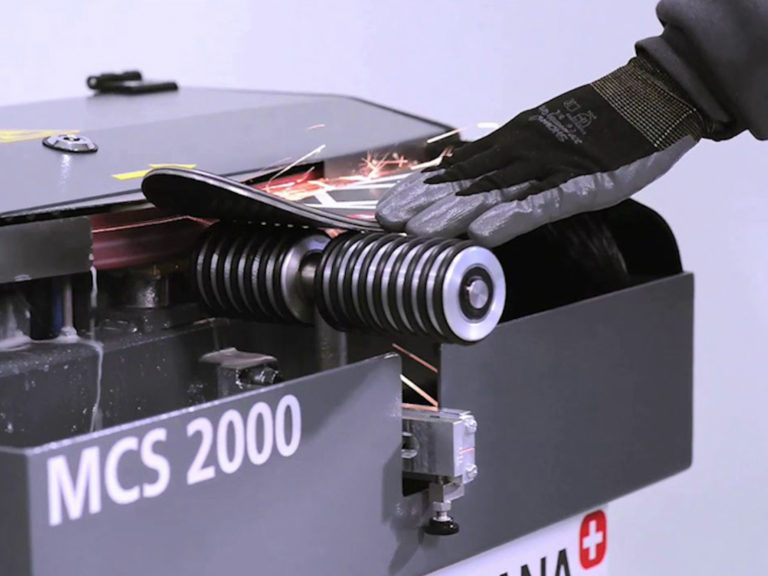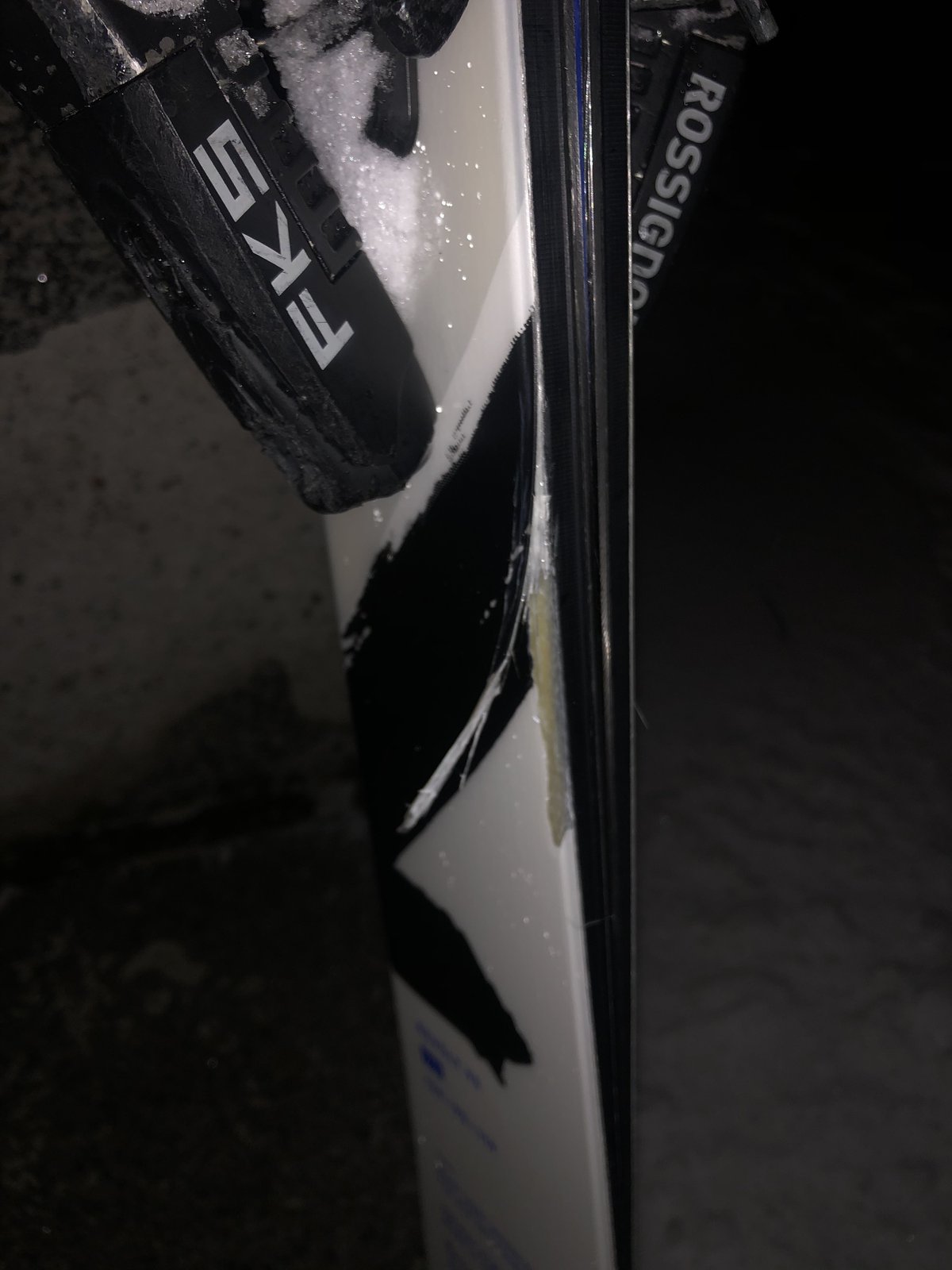
This can be done very easily and quickly, a little at a time between or even in the middle of a run as you feel the skis or snowboard and can make minute adjustments relative to current feedback, until you are satisfied. It is far easier and fast to de-tune than sharpen and a little will go a long way. If you wish to de-tune, start from tip or tail to contact point (where the tip shovel or tail end first contacts the snow surface when on edge), initially, and increase the length only after skiing or boarding to test. Rockered skis can also benefit from either de-tuning or increasing the base bevels at tips and tails to avoid catching them when riding on hard-pack or icy conditions. This is specially true for carving skis to maximize the performance built into the skis.ĭe-tuning still may be necessary or desired if the tips and tails catch or to make initiating and ending turns easier, especially for novices, extreme or off-piste skiing, park tricks or snowboarding. Slight increases of base bevel geometry, called feathering, at the tips and tails can be used instead to control the transitions into and out of a turn. With modern skis, this is now considered unnecessary by many, as it is desirable to utilize the whole sharp edge for carving turns. Traditionally, this has been the typical method to finish a ski or snowboard edge after sharpening and polishing.


SkiMan Ski and Snowboard Vises and Tools.Binding Freedom - Ski Binding Inserts & Tools.Next blog: Sharpening your edges and which bevel angles work best for what type of riding. You can buy a gummi/diamond stone at any good ski/snowboard shop for $10-20. All you need is a file to remove the edges and a gummi or diamond stone to polish down any rough spots. The process is actually pretty simple and easy. You don’t want to remove all your edges if you’ll be using the snowboard for other riding. Edges can lead to edge catching on rails and boxes and you don’t want that when all you do is ride rails and boxes.ĭo note that this method is ONLY if you’ll only be riding rails and boxes exclusively. Go around the whole metal edge of your snowboard and smooth down everything. Since you’re not really doing any turning or carving, you’ll want to de-tune all of your edges. Some companies do dull the edges of the nose and tail a little bit, but it never hurts to do it again yourself to make sure it’s done right.Ģ) I only ride boxes, rails and street features You might be asking, “Why do snowboard companies put edges there then?” Well, it’s cheaper and easier to put one metal ring around your whole snowboard instead of putting two separate metal edges on your toe and heel edge.

There’s no point in having edges on your nose and tail when you never use them for anything, so get rid of them. Only detune the nose and tail section of your snowboard and keep the edges between the nose and tail for carving and turning. That depends on whether you’ll just be riding rails and boxes or if you plan to use your snowboard for other riding:

This is done because having sharp edges where you don’t need them can result in catching your edge and crashing. Think of this as sandpaper on a piece of wood, except you’re using a file on your snowboard’s edge. Detuning Your Edges What is detuning and why do I need to do this?ĭetuning is basically filing down some or all of the edges of your snowboard so that they aren’t sharp. It’s the metal edge surrounding the border of your snowboard that helps your board cut into the snow and ice. Detuning your snowboard edges is something many newer riders fail to do, but it’s really something you should be doing with every snowboard you own. Today’s part will cover how and why to detune your snowboard’s edges.
#DETUNE SKI EDGES SERIES#
I got an email from a reader asking about snowboard edge bevels and tuning your edges, so I thought I’d do a little series of blog posts covering each area of tuning your snowboard edges.


 0 kommentar(er)
0 kommentar(er)
